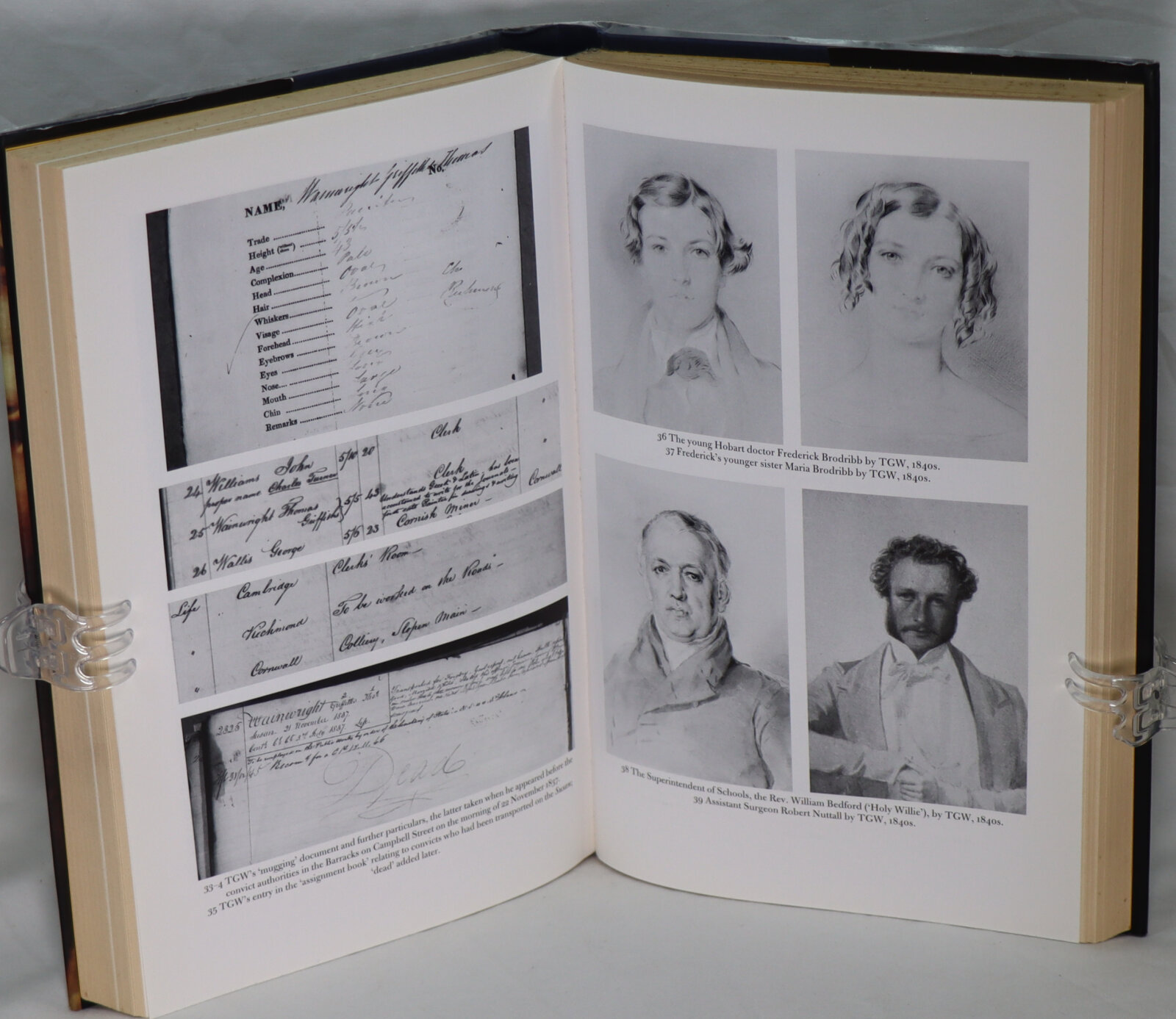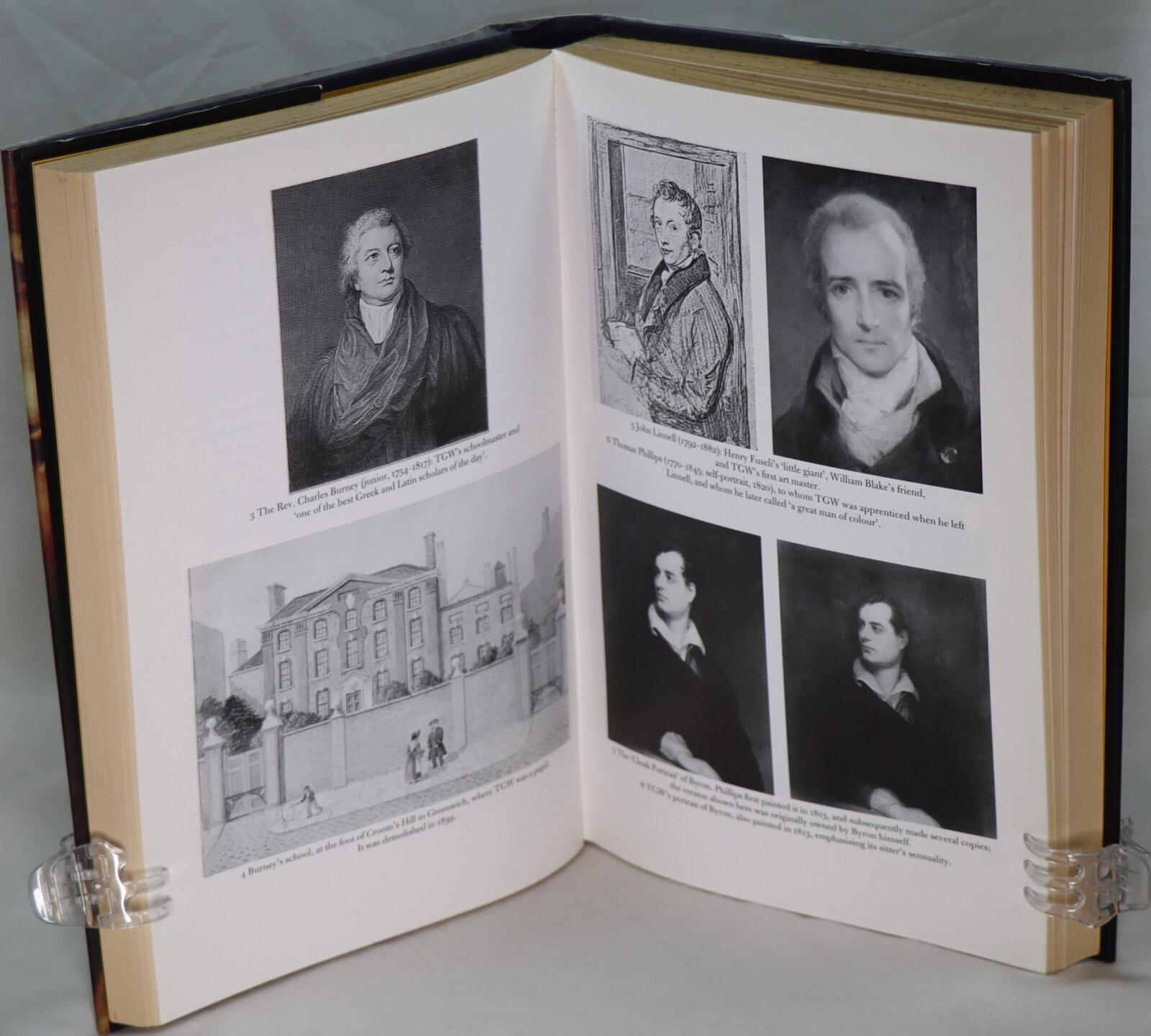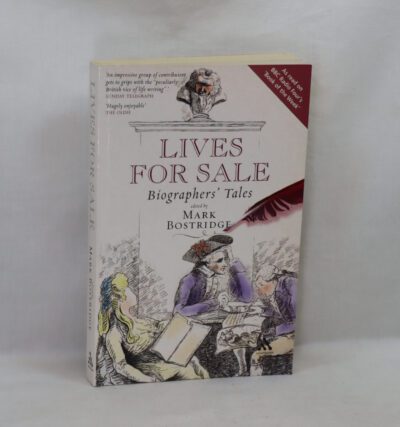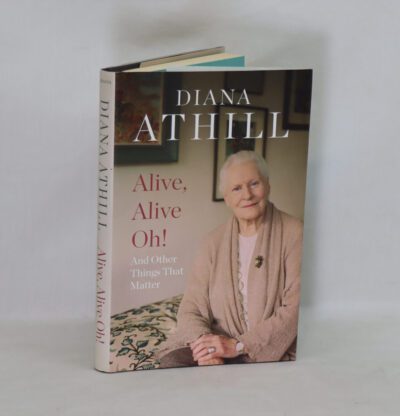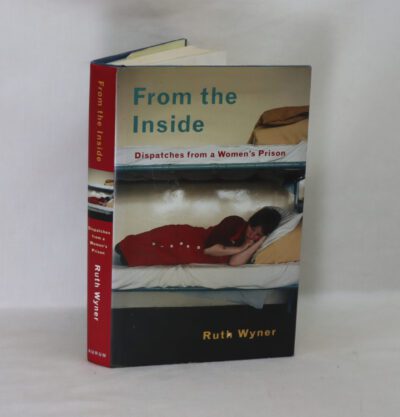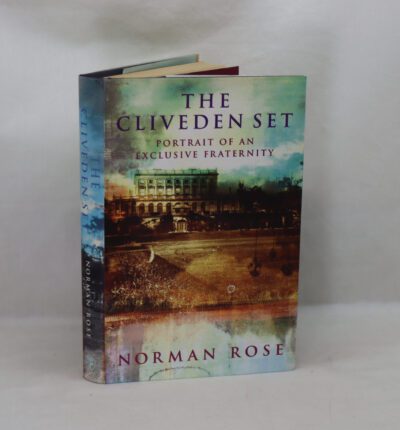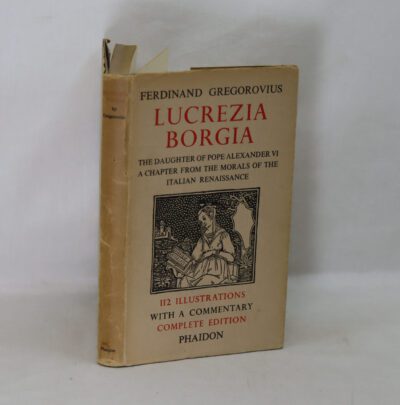Wainwright the Poisoner.
By Andrew Motion
ISBN: 9780375402098
Printed: 2000
Publisher: Faber & Faber. London
| Dimensions | 17 × 24 × 4 cm |
|---|---|
| Language |
Language: English
Size (cminches): 17 x 24 x 4
Condition: Fine (See explanation of ratings)
Your items
Item information
Description
In the original dustsheet. Navy board binding with yellow title on the spine.
-
F.B.A. provides an in-depth photographic presentation of this item to stimulate your feeling and touch. More traditional book descriptions are immediately available.
A dazzling and boldly original biography by Andrew Motion, Poet Laureate and the celebrated biographer of Larkin and Keats. Thomas Griffiths Wainewright was an ingenious and unscrupulous criminal. In 1828 he inherited the handsome family home, while successive legacies allowed him to maintain a flamboyant lifestyle. Meanwhile, within the space of a few years, three of his relatives died in suspicious circumstances. Eventually tried and arrested, Wainewright was transported for life to Tasmania. Yet he had lived at the centre of the Romantic world. He exhibited at the Royal Academy and painted Byron’s portrait. He was good friends with Henry Fuseli, William Blake and Charles Lamb, and knew John Clare, William Hazlitt, Thomas de Quincey and John Keats. He was known as amiable, kind, and good-hearted. Combining the form of a ‘confession’ with notes, asides and illuminations, Wainewright the Poisoner strips away the layers of legend and restores Wainewright to his own voice, capturing his dandified style, his charm as well as his callousness, his wit as well as his wantonness – and his deadly unreliability.
Book Description
Wainewright the Poisoner by Andrew Motion – the acclaimed biographer of Philip Larkin and John Keats – tells the astonishing story of Thomas Griffiths Wainewright, the dazzling society man, portraitist to Byron, and serial killer.
Review: Thomas Griffiths Wainewright (1794-1847) lived the first half of his life near the centre of the Romantic revolution, and the second half in exile and disgrace. Wainewright’s grandfather and guardian founded the ‘Monthly Review’; he was educated by Charles Burney, studied art under John Linnell and Thomas Phillips. Wainewright painted a portrait of Byron, and counted Henry Fuseli, William Blake and Charles Lamb amongst his good friends.
Wainewright was also an amoral and ingenious criminal. Suspected of three murders, found guilty of forgery, Wainewright was transported for life to Van Diemen’s Land (Tasmania).In this book, which Andrew Motion calls `an experimental biography’, he recreates Wainewright’s life by using a purported confession written by Wainewright in 1847, and drawing on factual information where possible. The result is two stories within the one book. The first, written from Wainewright’s perspective, is a memoir in which Wainewright is the victim. Each chapter is followed by a chapter of notes which adds in facts which Wainewright ignores or downplays. Although initially I was distracted by the way in which the notes were presented, I quickly came to appreciate their balancing role in the narrative. Does Mr Motion’s experiment work? For me it did because it is possible, largely, to separate the criminal from the artist. Thomas Wainewright, a criminal is neither likeable nor trustworthy. Thomas Wainewright, artist, left an entirely different mark on the world. My interest in Wainewright arose from his life in Hobart, Tasmania after 1840. Wainewright was amongst Tasmania’s earliest European artists, and his known art consists mainly of small portraits in pencil, watercolour, chalk and Chinese white.
The Author, Andrew Motion was UK Poet Laureate from 1999 to 2009, is co-founder of the online Poetry Archive, and has written acclaimed biographies of Philip Larkin and John Keats among others. His memoir of childhood, In the Blood, was published in 2006, and its sequel, Sleeping on Islands: A Life in Poetry, appeared alongside Selected Poems: 1977 – 2022 in 2023. He is Homewood Professor in the Arts at Johns Hopkins University, and lives in Baltimore.
Want to know more about this item?

Share this Page with a friend

